Sirjan Rugs
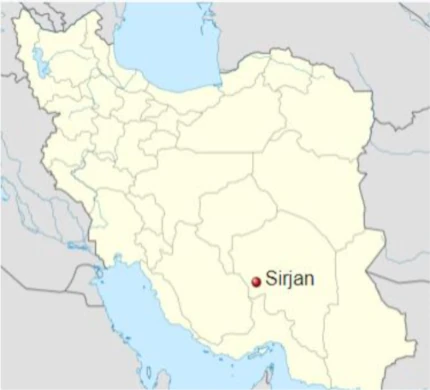
Sirjan (Sirjand) is the second big city of
Kerman province after the city of Kerman,
located at the western frontier of the
province, neighbor to Fars province.
Between these two provinces, at the foothills
of Zagros, dwell semi-nomads of Afshars.
They have been moved here in the 16th
century by Shah Tahmasp of the House
Safavid to break their potency.
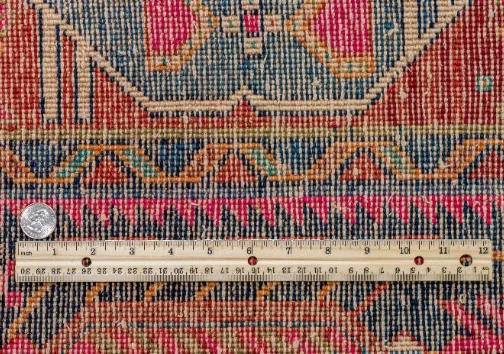

Clutching firmly to their nomadic lifestyle,
Afshars of Sirjan were successful to maintain
lots of their cultural aspects among which
weaving ground-coverings are predominant,
keeping the folks’ iconography alive.


Sirjan pieces have a coarser weave in
comparison to other weaving centers of
Kerman. Both woolen and cotton foundations
are common in Sirjan. Sirjan pieces are double-wefted and
symmetrical (Turkish) knitted. Asymmetrical
(Persian) knots are also possible in new
pieces. Area rugs are favored than carpet sizes or
runners. Square-shaped pieces are also
common.
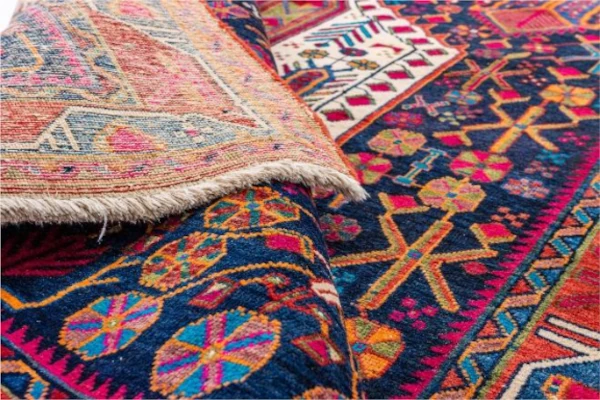
Since two last decades a kind of rug became
popular in Sirjan called Shireki-rug which is
a combination of piled and flat woven
structures. The total structure of these pieces
is same as Kilim but with piled patterns.
Dyeing and painting of Sirjan rugs
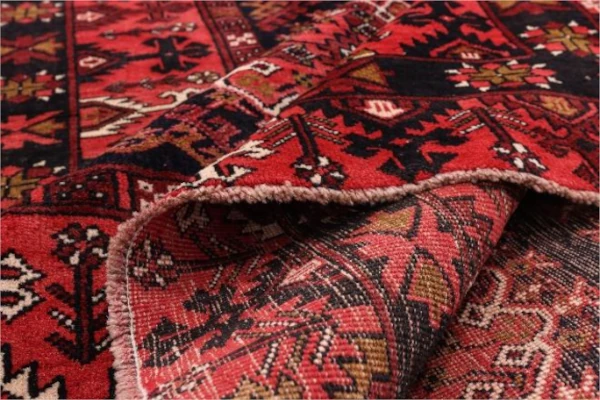

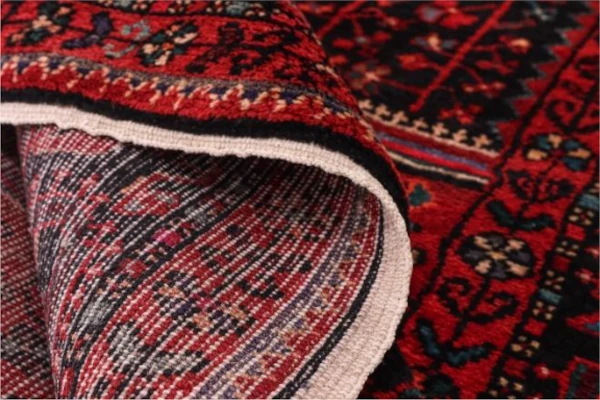
Sirjan pieces enjoy the rich natural palette of
Kerman as well as a tribal spirit in painting.
Glowing red and midnight blue are
predominant colors in Sirjan. Secondary palette include a wide range of
vivid colors all obtained from natural
dyestuffs such as indigo, cochineal, walnut,
weld, pomegranate, vine and cherry leaves,
straw, henna, saffron, turmeric, poppy and
madder.
Designs and patterns of the Sirjan rugs

Geometric double and triple-medallioned are
the most common designs attributed to Sirjan
while geometric central medallions are also
found mostly with jagged corners. Patterns, such as lozenges or repeating
botehs, are mostly rectilinear due to the
nature of tribal weave. Tree of life and vase and framed designs, too,
are possible, normally filled with herbal and
bestial patterns.


